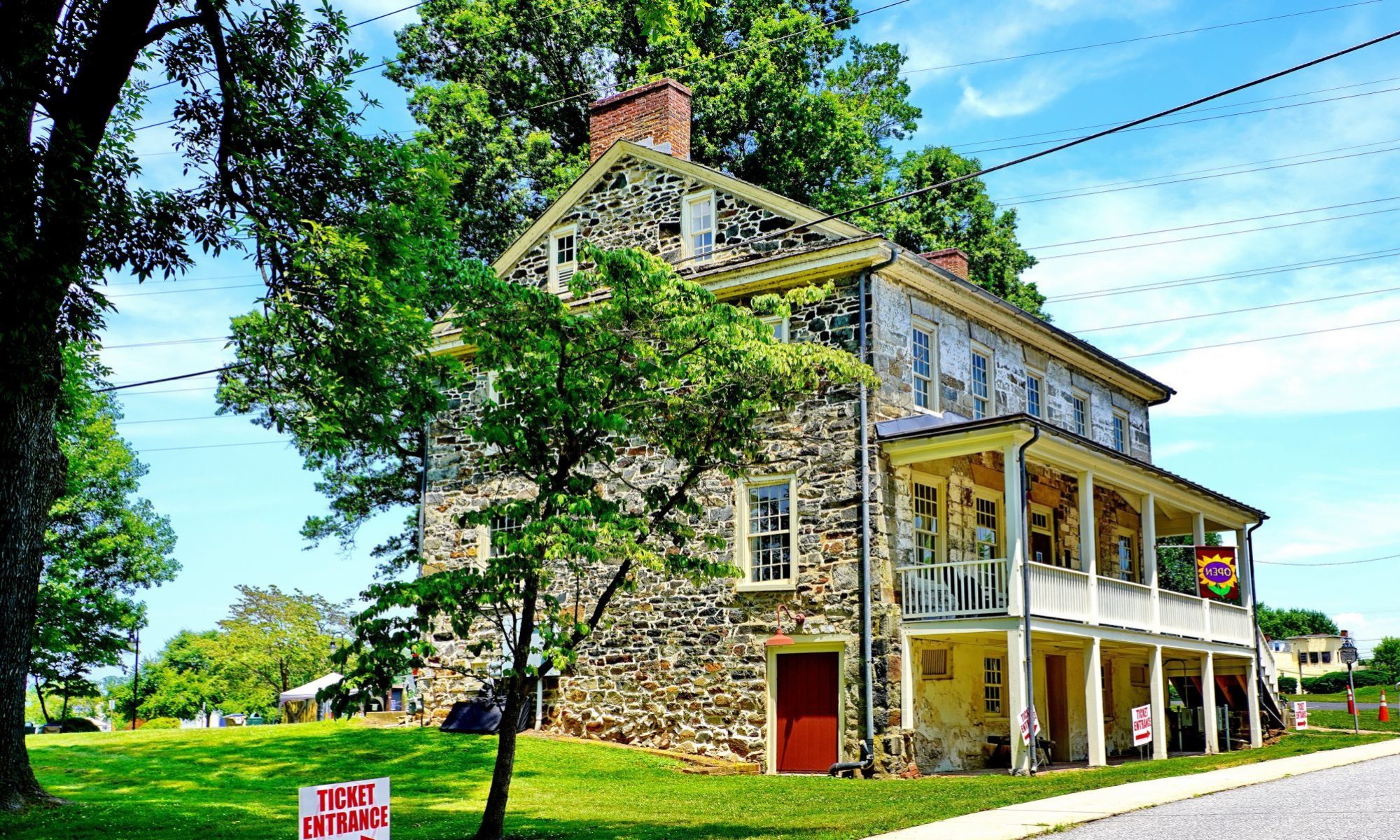Cecil County has a long and rich love affair with baseball going back more than a century, with its share of “local boys” making good in the Big Leagues. On Friday, April 30, from 5 to 8 p.m., sports fans of all ages are invited to experience the best years of county baseball all over again as part of “Cecil’s Field of Dreams,” a new exhibit at the Historical Society of Cecil County that celebrates our baseball heritage.
For the exhibit opening, members of the Elkton Eclipse Vintage Base Ball Club will be on hand in their late 1800s-era uniforms to portray players from the sport’s earliest days. The Historical Society will be exhibiting some interesting sports-related items from its extensive collection, featuring team photographs and memorabilia that includes vintage uniforms, autographed items and more.
All county baseball players past and present are invited to come out and reunite and reconnect with former teammates.
“What a great way to relive your baseball glory days with friends and family,” said Paula Newton, president of the Historical Society of Cecil County. “Sports is sometimes overlooked as an important part of our local heritage, which is why we want to make this exhibit a fun learning experience for the whole family.”
County resident James Crothers will be discussing his new book “History of the Rising Sun Little League” and signing copies. (This book was excerpted recently in the Historical Society’s publication, The Inkwell.)
Drawings will be held for Blue Rocks tickets and baseball cards, and there will be free Cracker Jacks, hot dogs and peanuts for hungry baseball fans.

This event is free and open to the public. The Historical Society of Cecil County is located at 135 E. Main Street, Elkton, Md. For more information, please call the Historical Society at 410-398-1790 or email info@cchistory.org. Visit the Historical Society online at www.cchistory.org.









